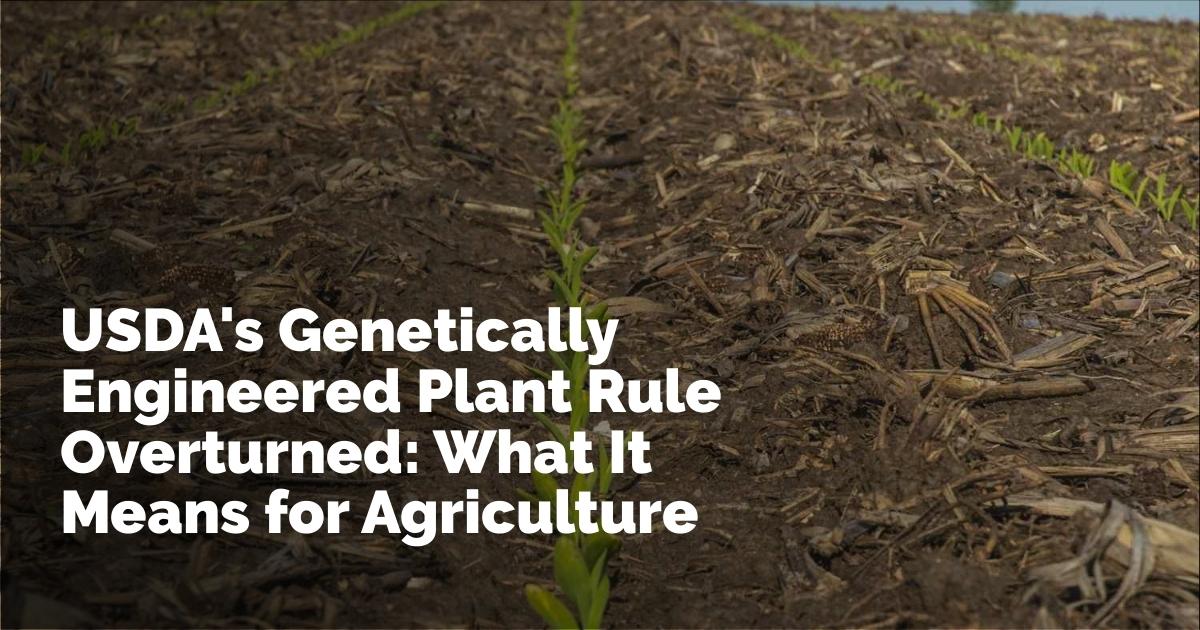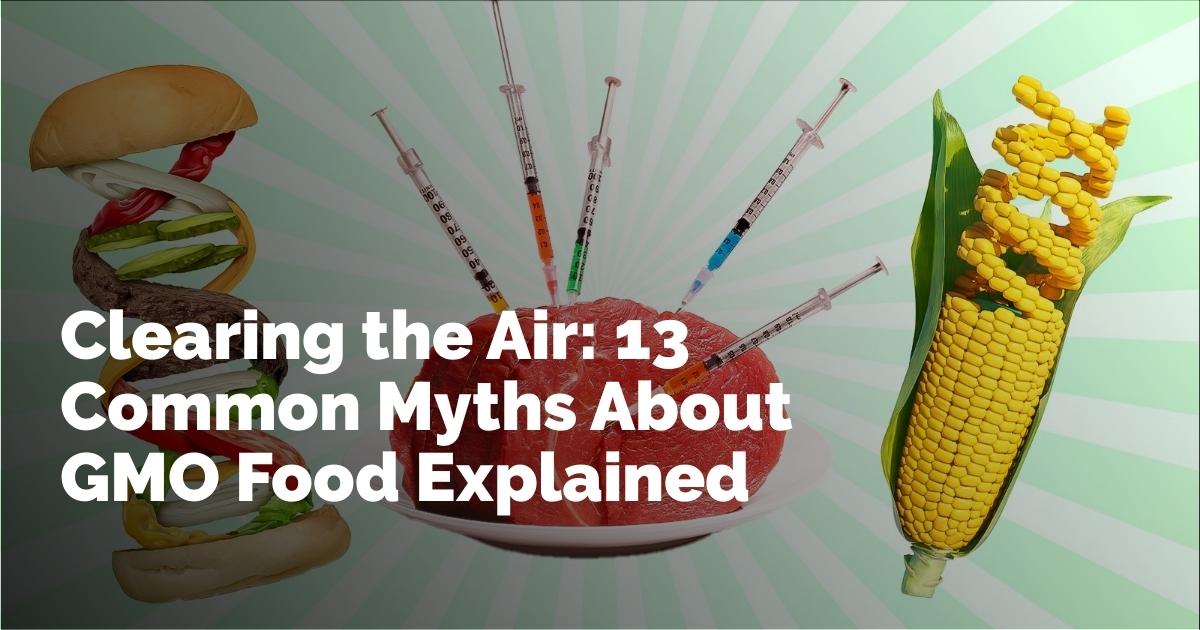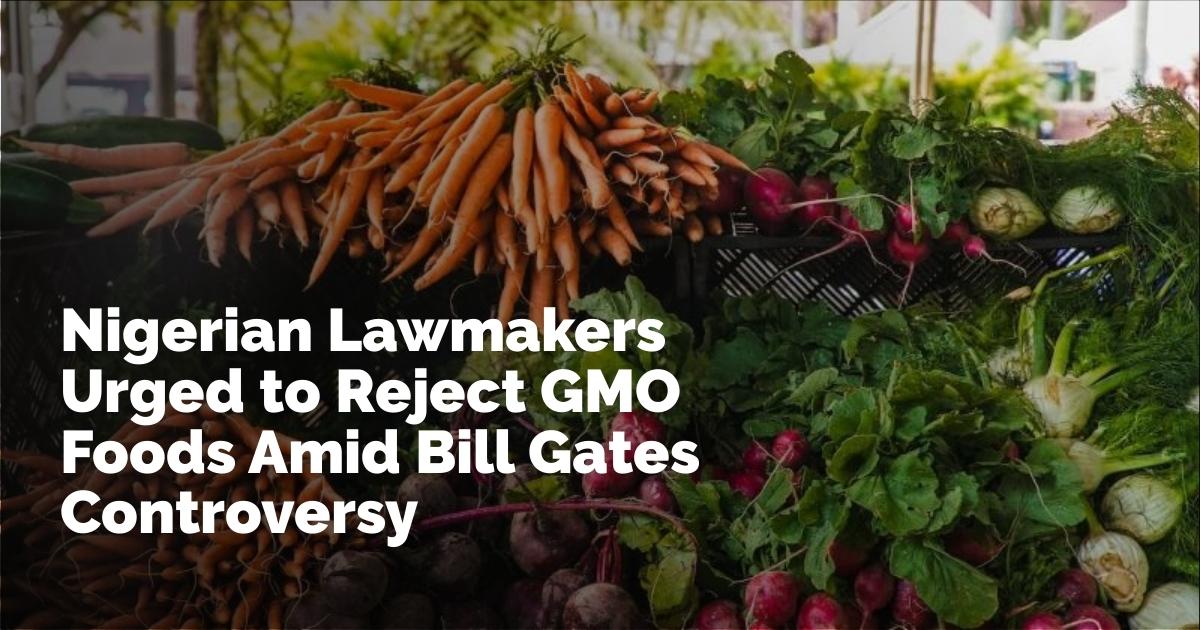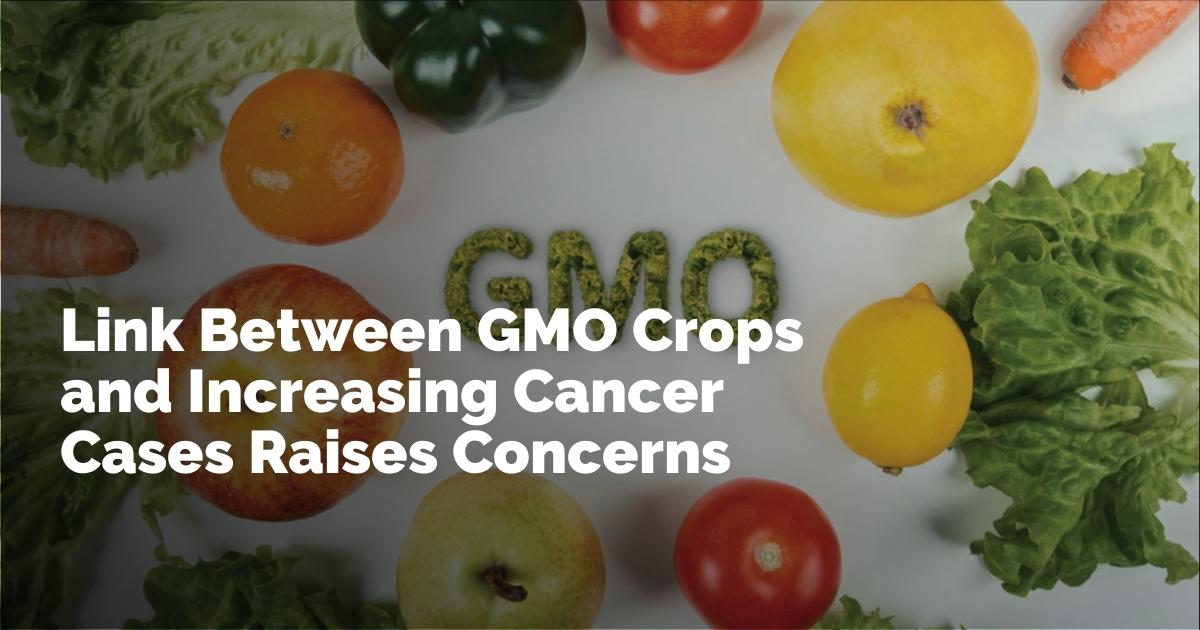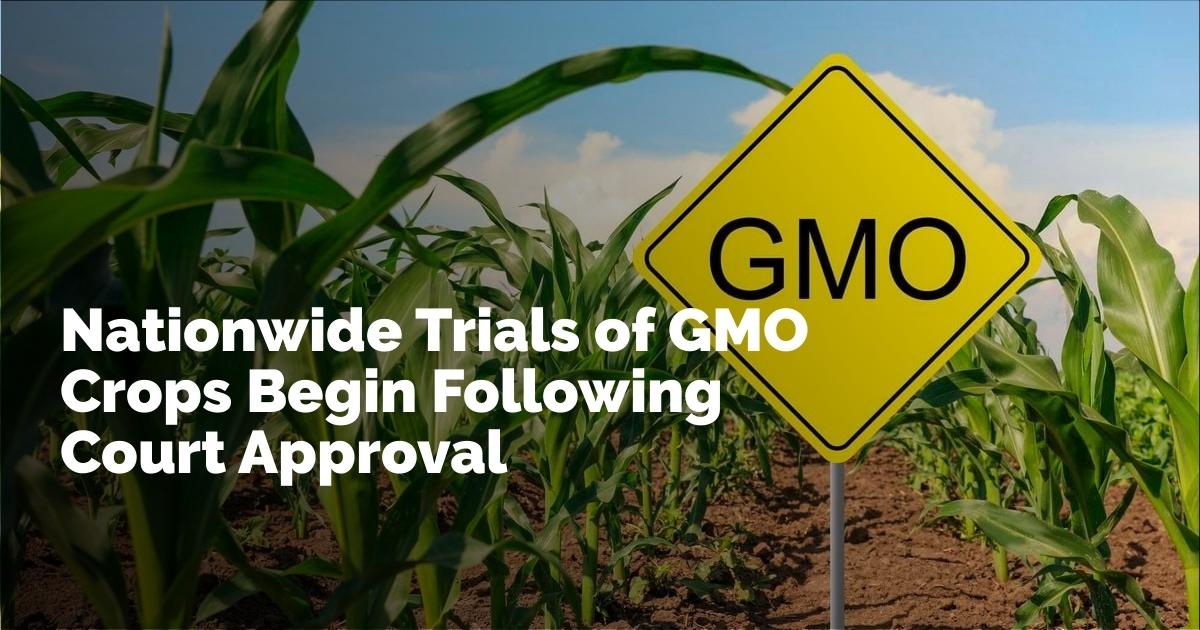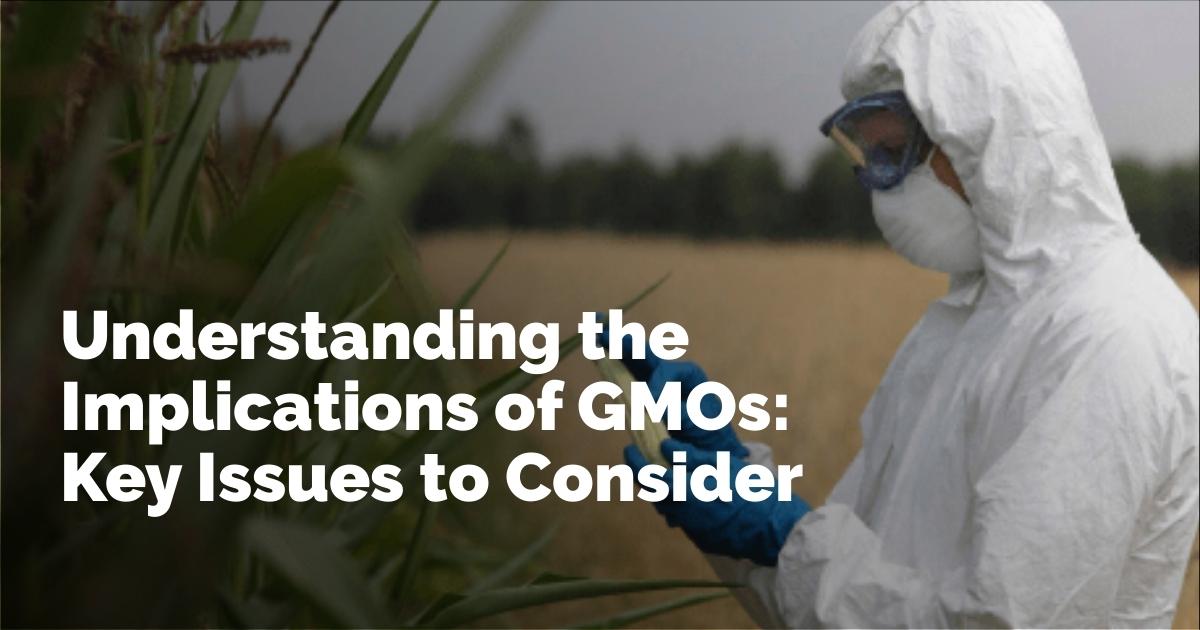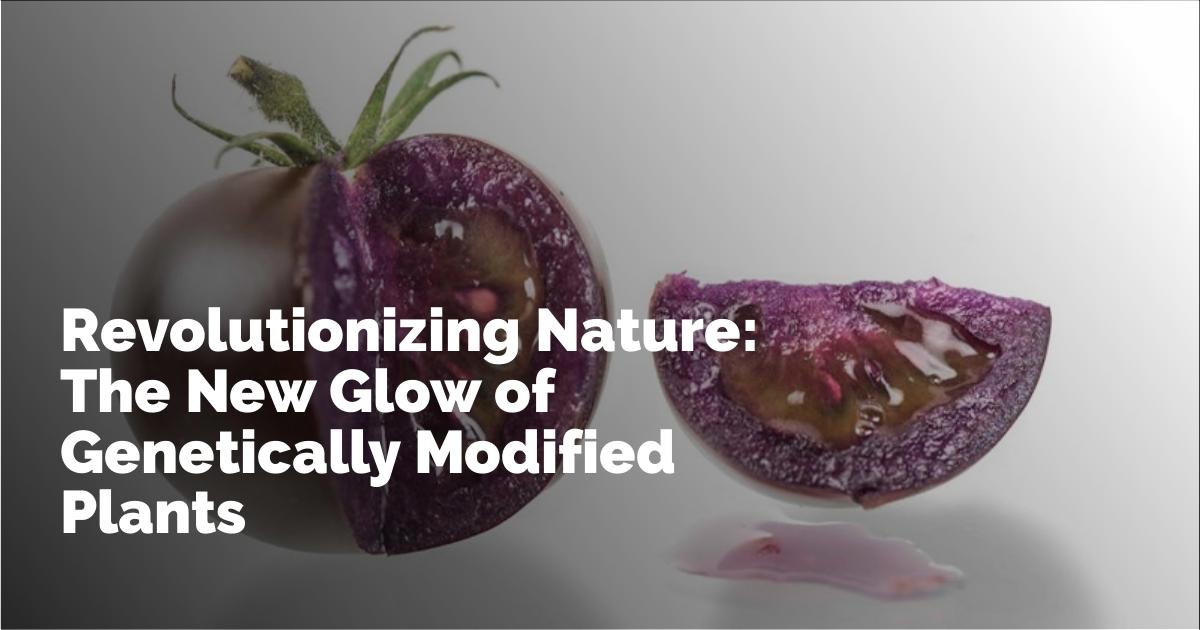USDA’s Genetically Engineered Plant Rule Overturned: What It Means for Agriculture
Introduction to Genetically Engineered Plants and Regulations
Overview of 2020 USDA Rule
Concerns Over Environmental Risks
U.S. District Judge’s Ruling
Impact of Overturning the Rule
USDA’s Next Steps and Reconsideration Process
Broader Implications for Agricultural Policy
Conclusion: Future of Genetically Engineered Plant Regulations

